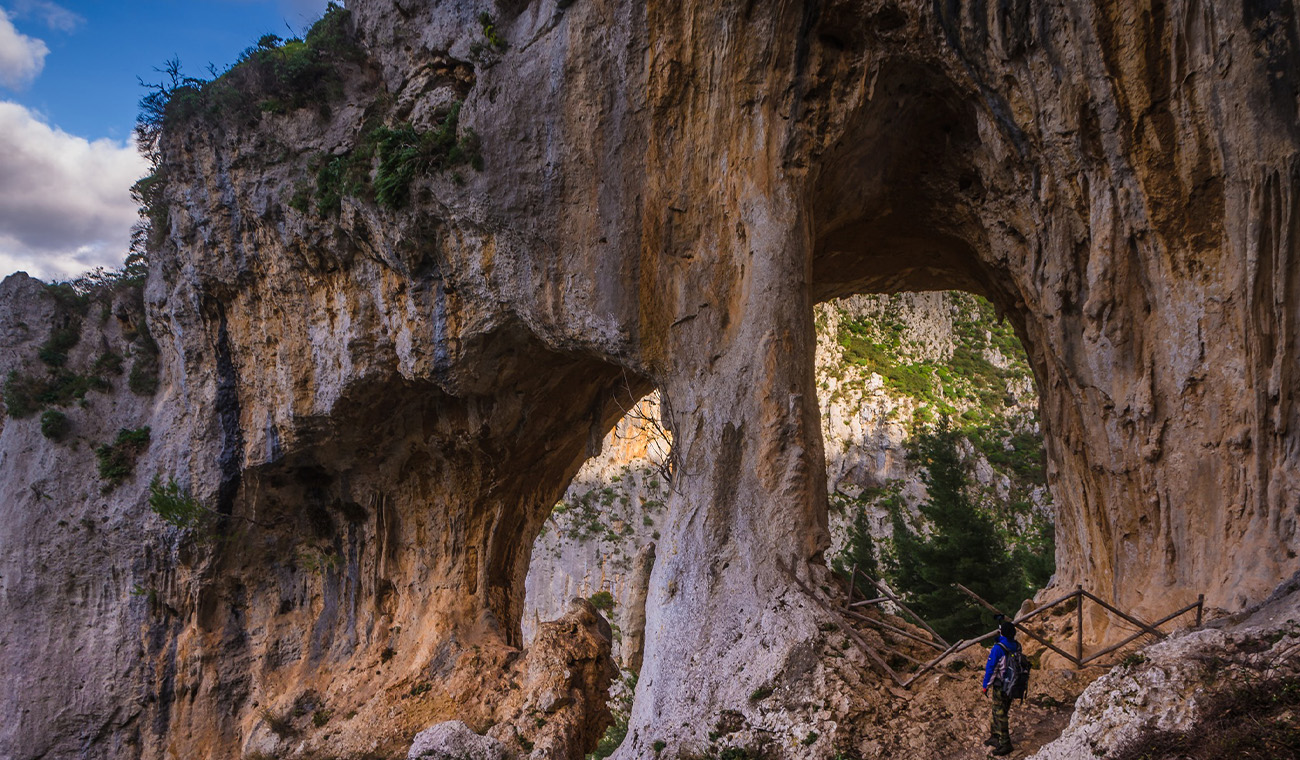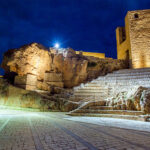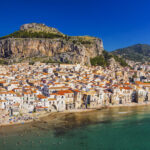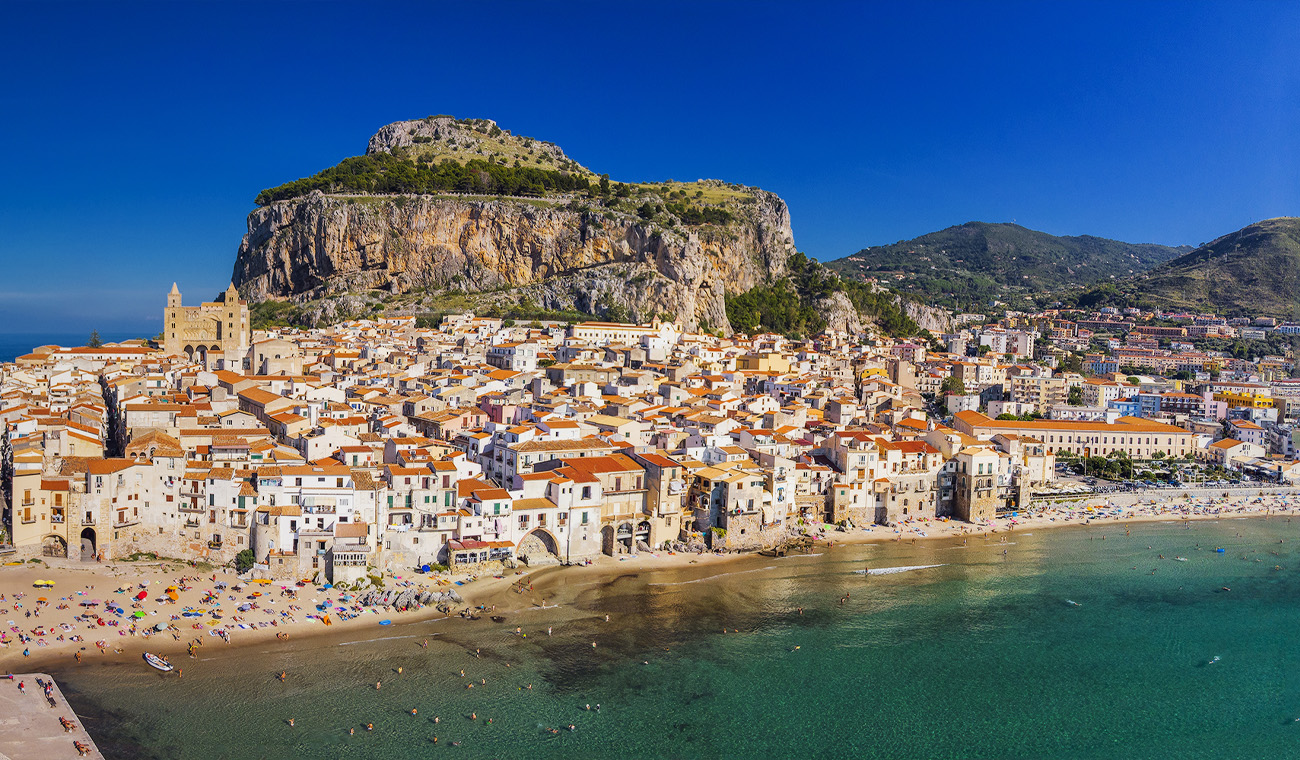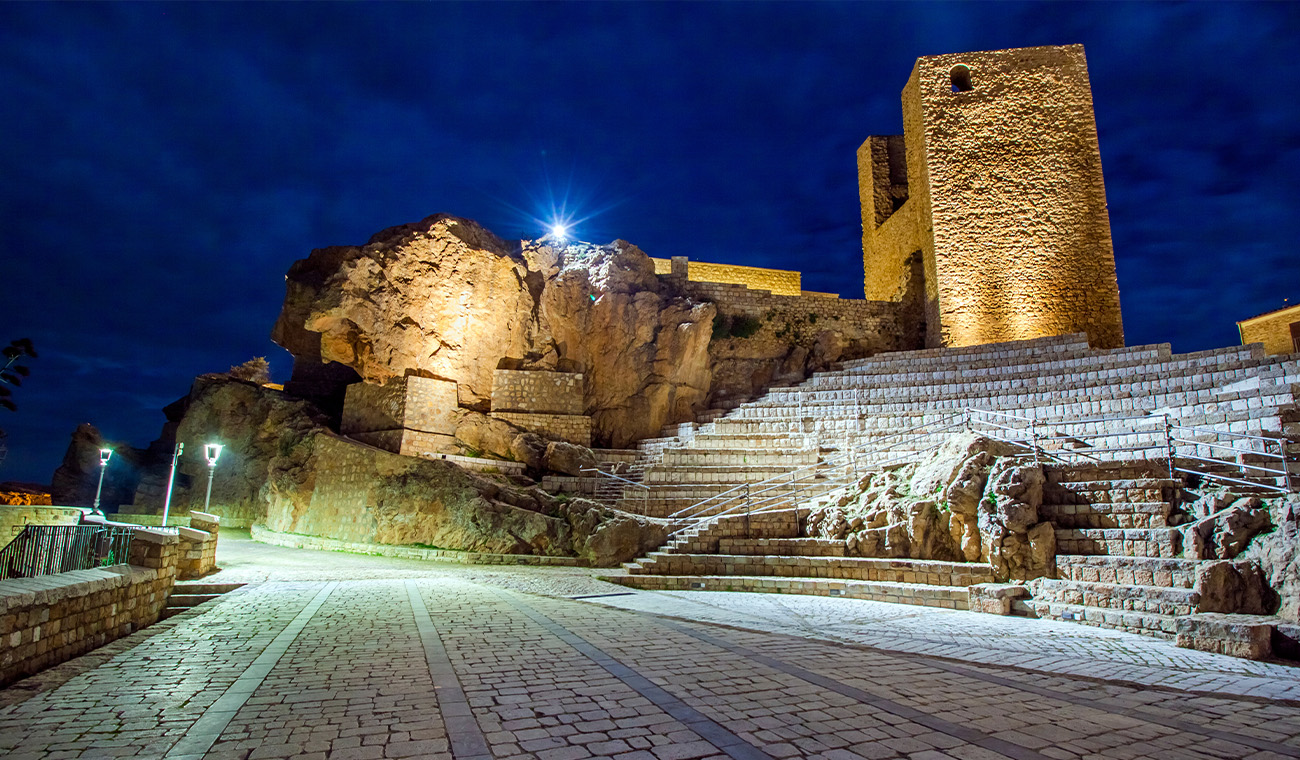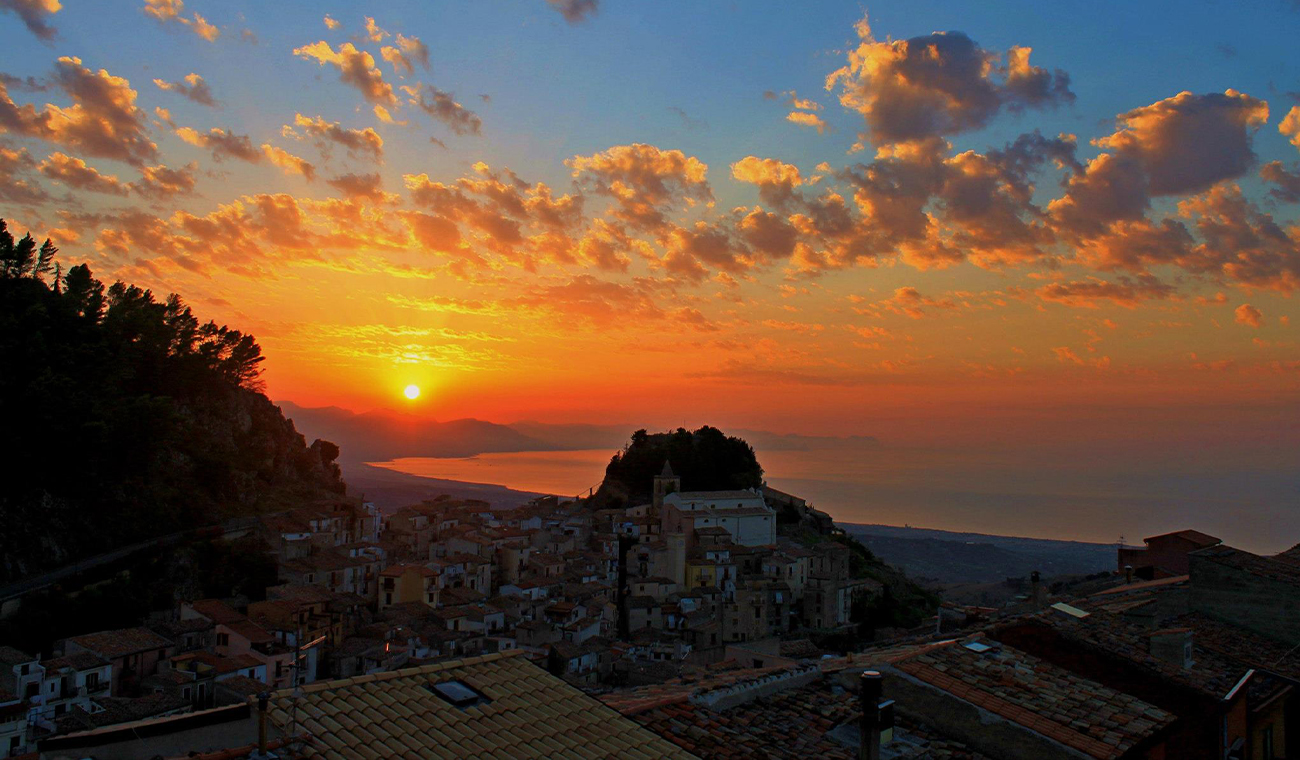Grotta Grattara Park
“Lì c’è un presepe che il tempo trascura, con centenari dal volto bambino e rocce calcaree che piangono in una conchiglia di pietra, dove il vento sibilando nella grotta parlava alle donne, l’oracolo di una Vecchia inumana…”
“There is a nativity scene that time neglects, with centenarians with child faces and limestone rocks crying in a stone shell, where the wind hissing in the cave spoke to the women, the oracle of an inhuman Old Lady…”
With these words Marco Fragale describes Gratteri in his lyric and that Cave, inspired by the mysterious legend of a fairy-tale thousand-year-old old woman who guards a source of the purest water. A place of natural and ancient beauty that captivates and enchants.
Situated about 300 m from the town of Gratteri, right at the extreme slopes of Pizzo di Pilo, at an altitude of over 1,000 metres, from where one can embrace a landscape that is panoramically indescribable, rises the cave, called Grattara, whose toponym has probably contributed to giving its name to the town.
Passafiume writes in this regard that:
“C’è un cratere di pietra, posto al centro della grotta foggiata con splendida arte naturale; questo masso ha nella parte interna una conca di sedici piedi di altezza e dieci di larghezza, la cui sommità è vuota come un cratere formato dallo stillicidio perenne delle acque”
“Tere is a crater of stone set in the center of the cave, shaped with wonderful natural art; this rock contains on the inside a sixteen feet high and ten wide basin, whose top is empty like a crater made by the constant dripping of water”
Access to the spring is via a small natural staircase built by human feet over millennia. Thousands of swallows nest in the crevices of its inaccessible outer ledges, where elm and wild pistachio trees grow wild. With their garrulous cry, they make a delightful stop for those who visit the cave in springtime.
In the winter months, the sheep that graze in the area often find refuge there, especially when the north wind blows, while in the summer, it offers refreshment to the flocks of pigeons that nest there.
It can be reached from the San Nicola plateau by a winding but fairly practicable path that winds its way in serpentines through a lush pine forest to the small massif known as ‘lazzu di vuoi’ (oxen’s bed) and from there, a small level stretch leads to the cave.
The Grattara cave is an integral part of history and folklore, because in legend, it is the home of the Befana (‘a vecchia strina’), the protagonist of a very old fairy tale, which tells that the Befana had her receptacle in this very cave and that on the last night of the year, evanescent and invisible, she descended from the chimneys into the homes of the people of Grattara to fill their stockings with gifts.


